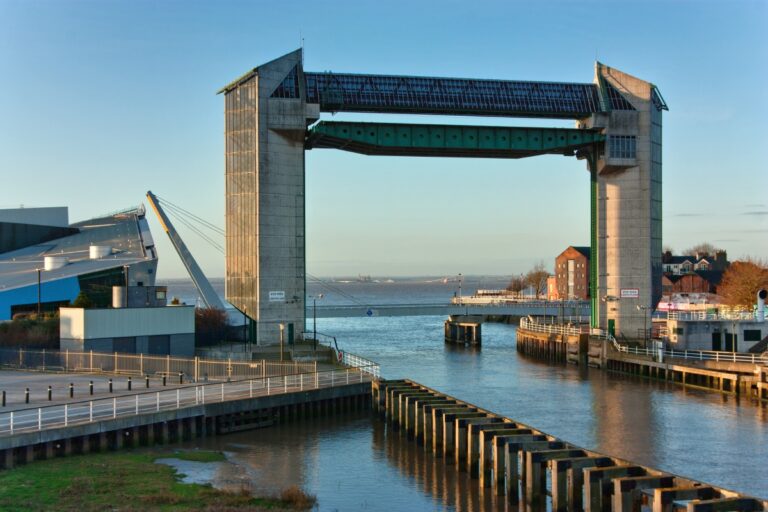What is the difference between climate change adaptation and resilience?

‘Adaptation’ and ‘resilience’ are often used interchangeably in policy and academic discourse, and while they are complementary concepts, there are important differences in these terms. At its most basic, adaptation refers to a process or action that changes a living thing so that it is better able to survive in a new environment, whereas resilience describes the capacity or ability to anticipate and cope with shocks, and to recover from their impacts in a timely and efficient manner. However, in practice, the distinctions and relationships between resilience and adaptation are more complicated and less easily defined.
In the context of climate change, the Intergovernmental Panel on Climate Change (IPCC) defines adaptation as the process taken to “adjust to the actual or expected climate and its effects”. Discussions on adaptation often advocate taking specific urgent actions before it is no longer reasonably possible to adapt to, minimise, or avoid harm from climate change. Such measures could include building sea walls to protect people against sea level rise, installing new irrigation systems to combat water scarcity, or planting trees to reduce air pollution and cool urban areas. More rarely, adaptation may seek to take advantage of opportunities that climate change could bring, such as making new crop choices suited to the changed climate.
On the other hand, resilience to climate change is defined as the capacity to prepare for, respond to, and recover from the impacts of hazardous climatic events while incurring minimal damage to societal wellbeing, the economy and the environment. This entails a range of actions across policy, infrastructure, services, planning, education and communication. As such, building climate resilience requires a holistic and multi-dimensional approach to enhance communities’ social, human, natural, physical and financial capacities to cope with and recover from the impacts of climate change.
Adaptation can build or undermine resilience
Taking action on adaptation has implications for resilience: in many cases it increases resilience but there is evidence it can also be undermining. Implementing large-scale and costly adaptation projects may, for example, lead to a reduction in ‘response diversity’ – the number of available options for responding effectively to a disaster or adverse climate impact. This is a result of the ‘sunk-cost effect’, the phenomenon by which past investments are afforded more weight in decision-making processes than future opportunities, challenging rational choice. For example, farmers who have invested in large-scale irrigation infrastructure may be reluctant to abandon it, even if that irrigation infrastructure becomes less efficient or sustainable as rainfall becomes less reliable.
Increasing adaptability to a particular range of shocks may also decrease general resilience to new or as-yet unknown shocks. Building large-scale flood barriers, for example, is a flooding adaptation measure that often creates a false sense of security and as a result leads to a decrease in other flood risk-reduction and resilience activities. This is an area where, considering the potential failure or breach of flood defences in the face of increasing flood risks, it is crucial to maintain a holistic and diverse range of solutions.
Resilience is a combination of coping, adaptive and transformative capacities
Adaptation is sometimes seen as being part of resilience. Resilience capacity is described as a combination of: (i) shock absorbing and coping; (ii) evolving and adapting; and (iii) transforming. By this definition, coping is the first and ideal strategy for managing risk. However, when societies exceed their ability to cope, they should be able to adapt to the adverse changes they face. This is sometimes described as incremental adaptation, where solutions are centred on technological and managerial fixes that are responsive to a particular event or have a preventative effect. If the adaptative action is not adequate to overcome the disaster risk, societies will need to transform. While adaptation entails preserving existing structures and ways of being, transformation is often associated with large-scale, profound and deep-rooted changes. This could be in how cities are structured and operate, for example, or where farms are located and the types of crops that they grow.
Therefore, the concept of resilience (as the capacity to cope, adapt and transform) tends to challenge the status quo and provoke the need for fundamental and system-level changes when incremental adaptation to climate change is insufficient.
Adaptation and resilience are complementary
Underlining the differences between adaptation and resilience does not mean to present them as distinct and incompatible concepts. Instead, it is helpful to understand the subtleties of each and how they work together – as is summarised below.
Adaptation is characterised by a set of actions and processes that help societies to adjust to the impacts of adverse changes to the climate. Adaptation can therefore be short- or long-term, incremental or transformative, a single action or a holistic programme, and reactive and backward-looking or proactive and forward-looking.
Resilience is more associated with a perspective and way of thinking that advocates system-wide changes, including: a range of solutions to enhance social, human, natural, physical and financial capacities; forward-looking and anticipatory planning for long-term capacity-building; and enhancing the ability to absorb shocks and recover from their impacts.
Adopting resilience thinking within climate adaptation projects and policies encourages a shift from short-term, incremental, project-focused and reactive approaches towards a kind of planning that is long-term, transformative, holistic and forward-looking. For example, flood adaptation strategies that are informed by resilience thinking encompass a range of actions for reducing risks (such as analysing hazard probability, exposure and vulnerability) before flood events as well as enhancing preparation, response and recovery capacities for when a flood occurs through various environmental, financial, social and political mechanisms. Thus, adaptation and resilience are complementary, working in conjunction with each other when it comes to responding to the impacts of climate change.
This Explainer was written by Sara Mehryar.

